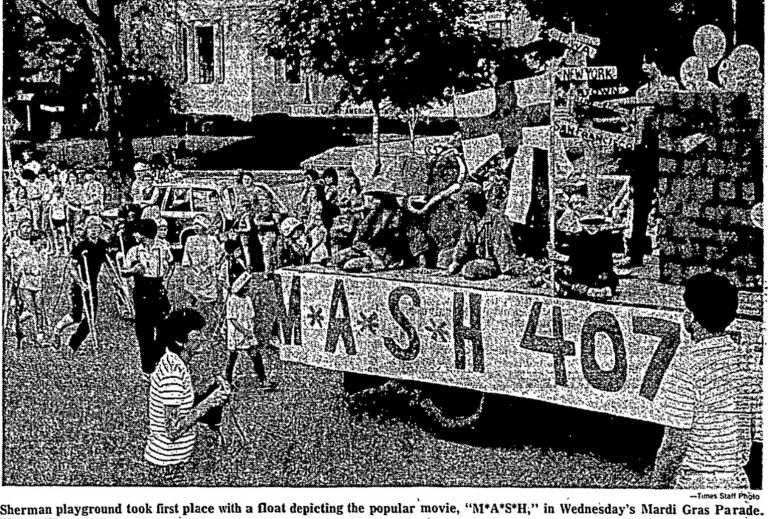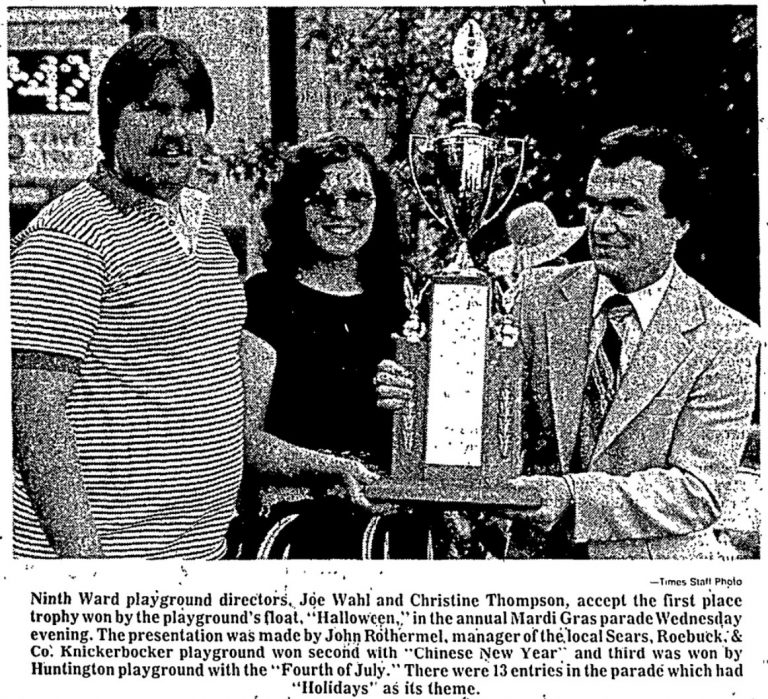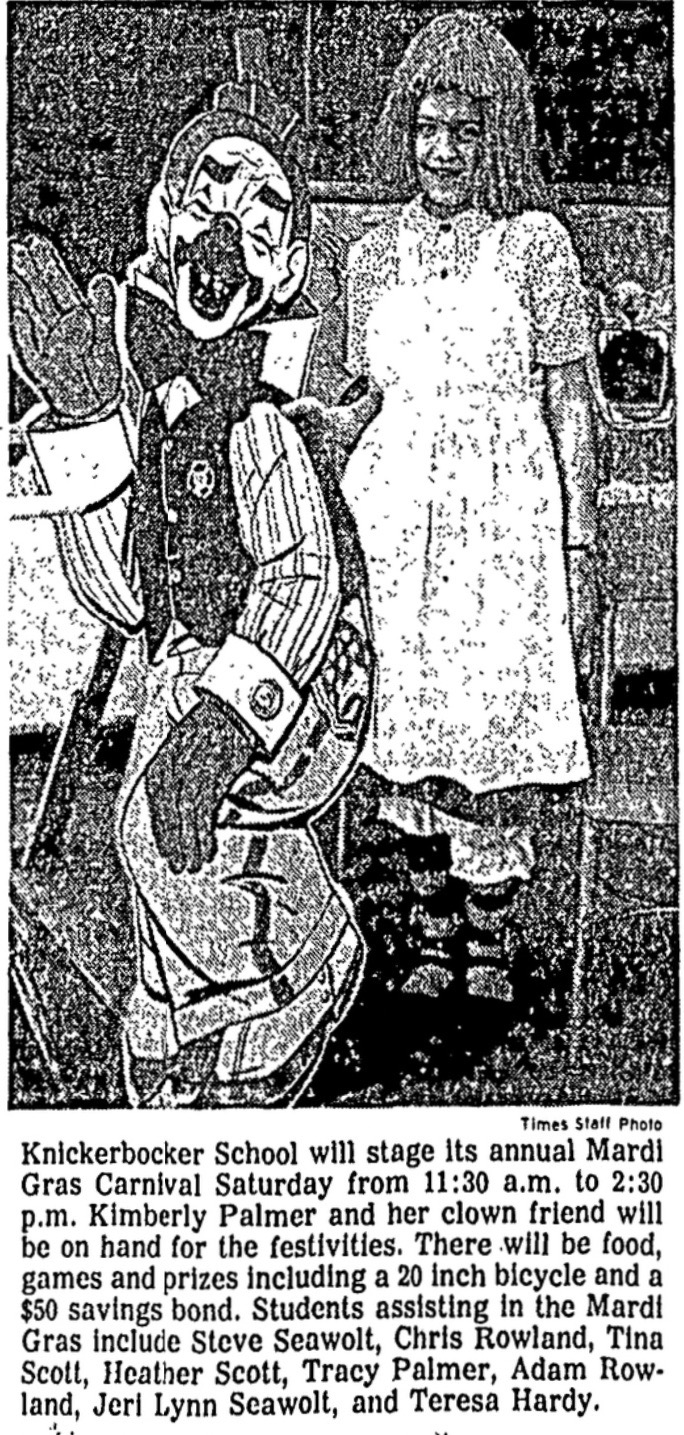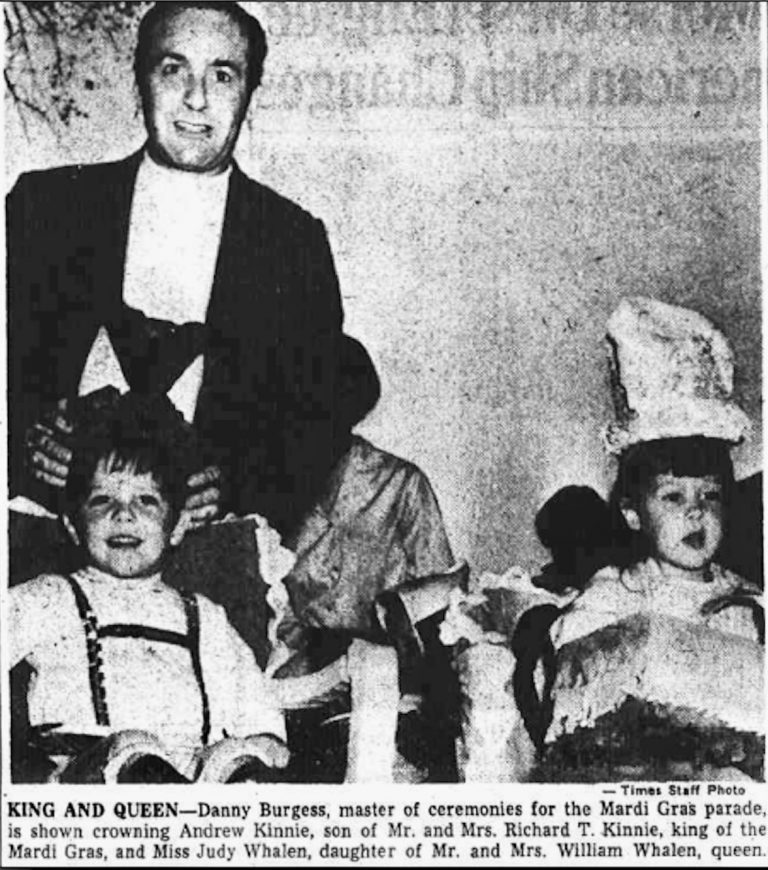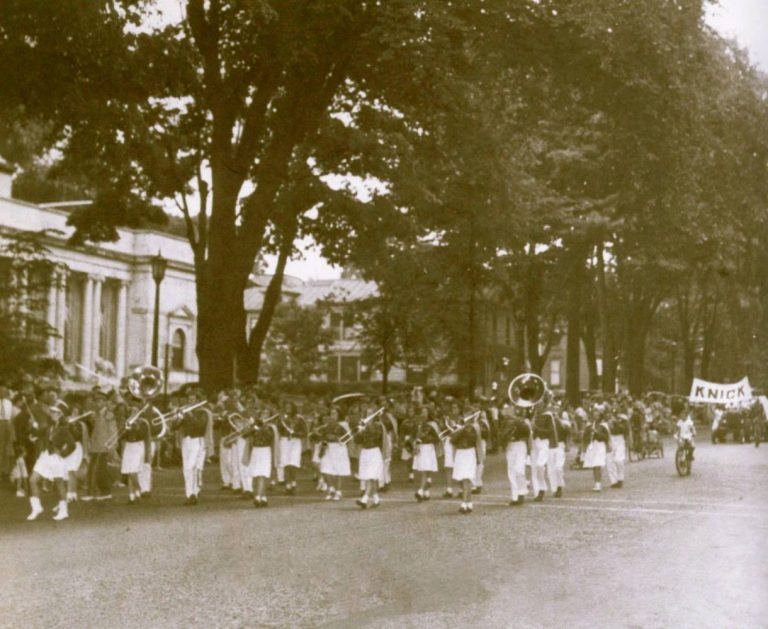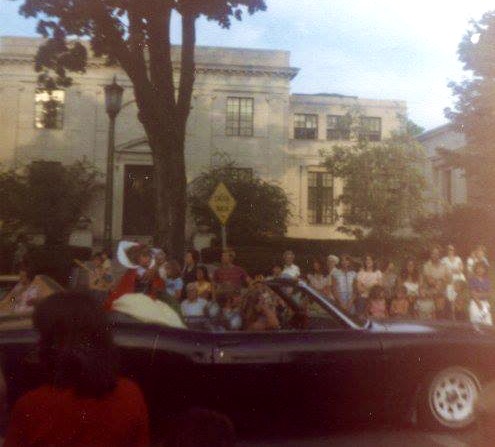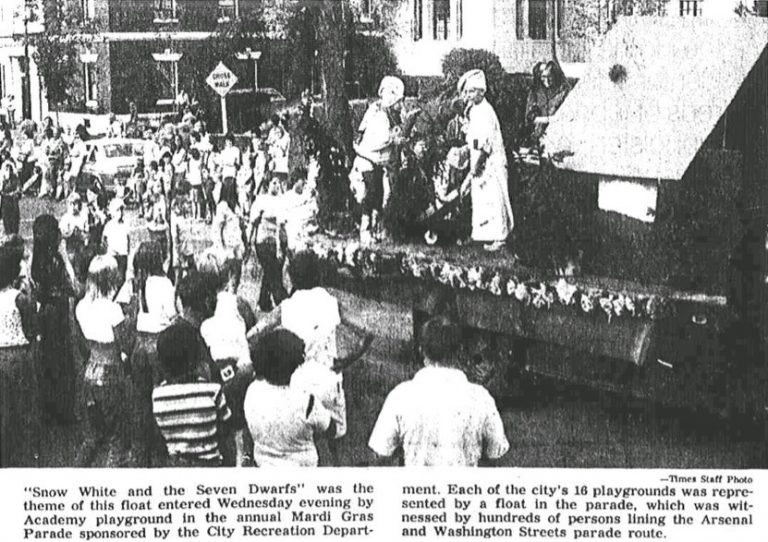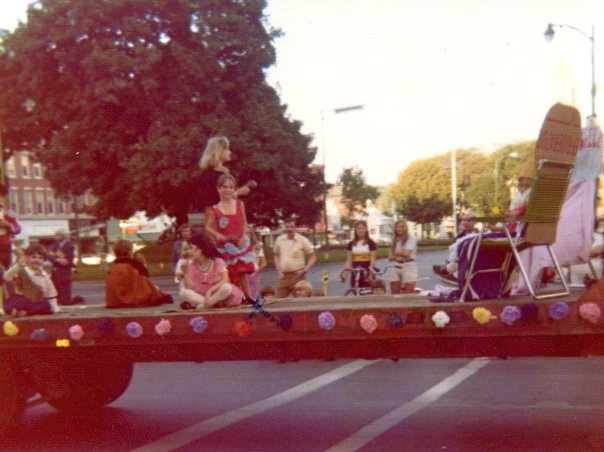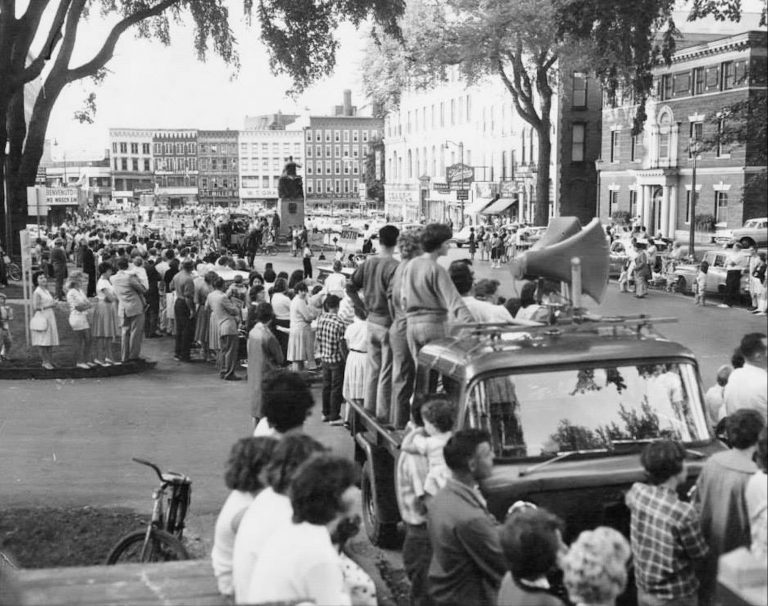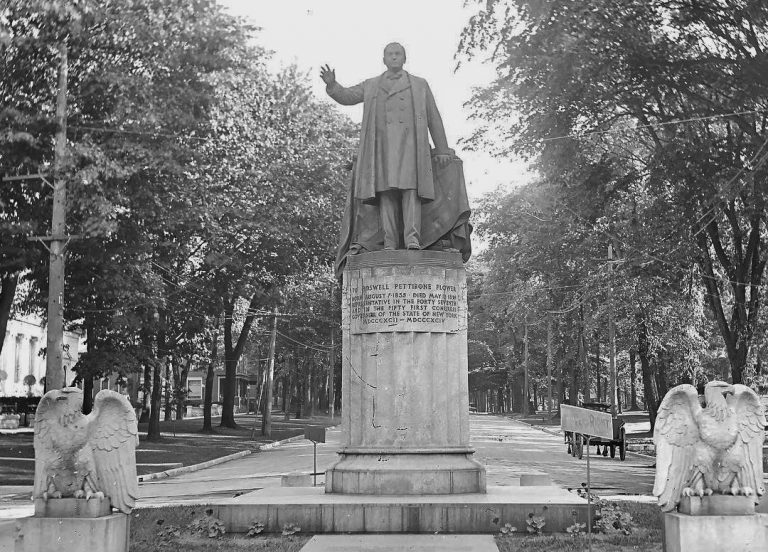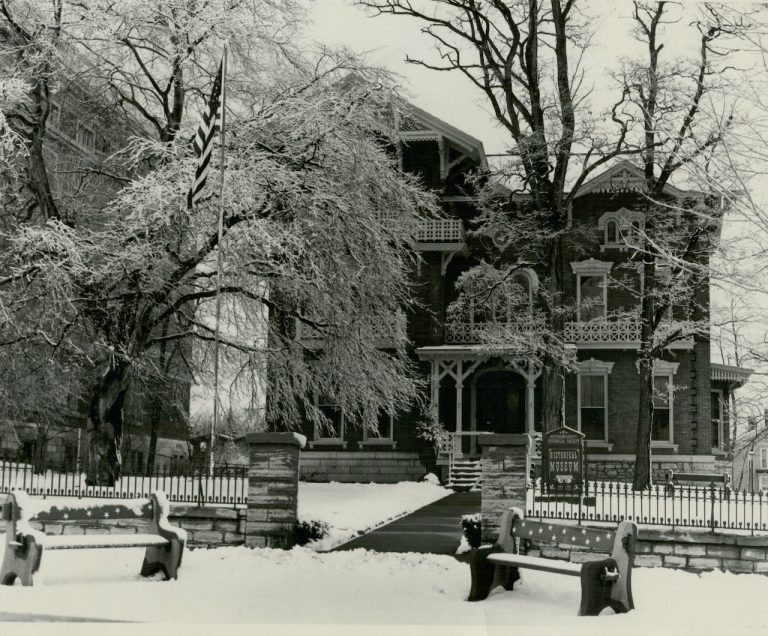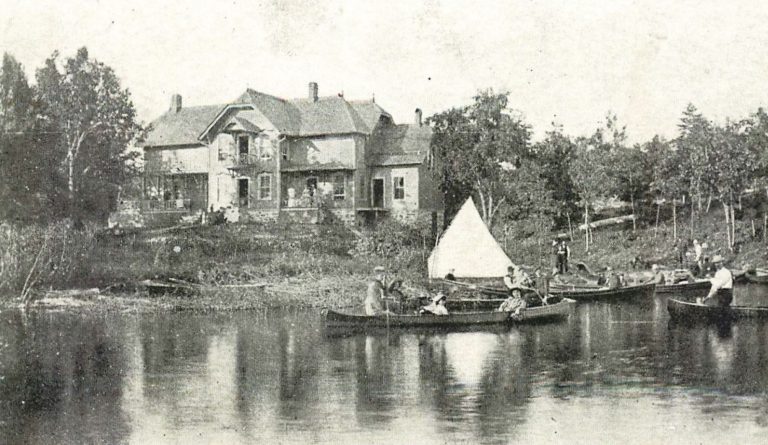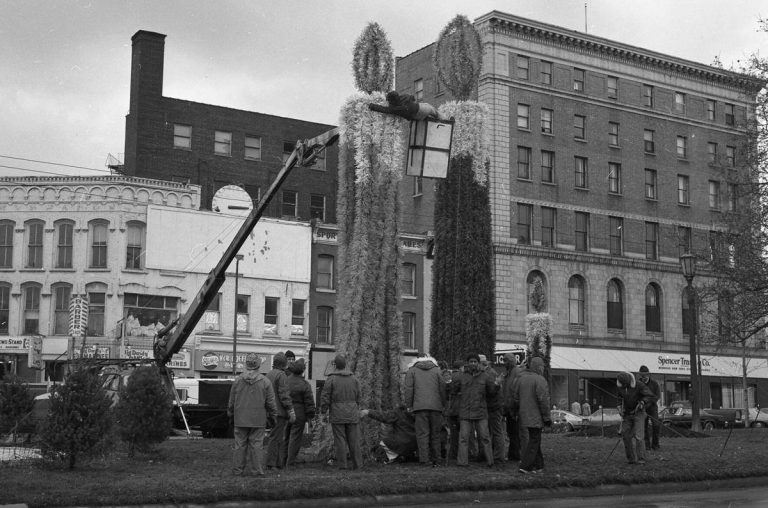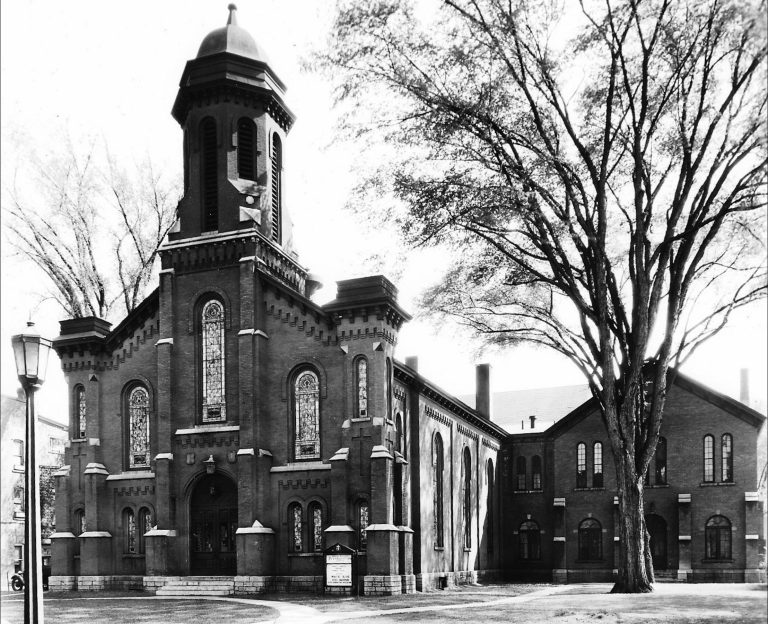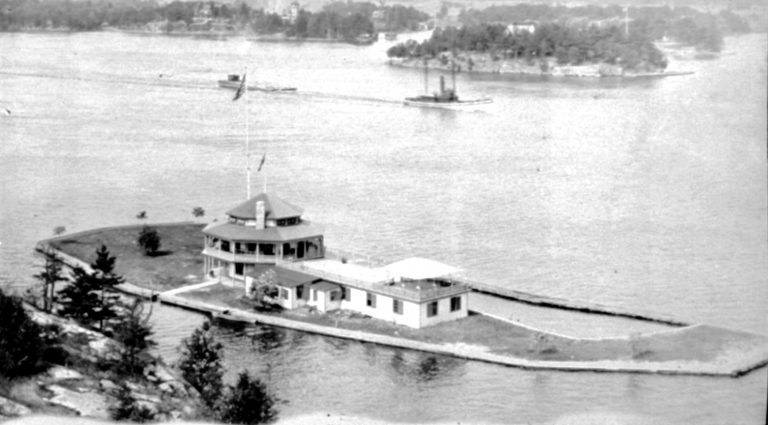The City’s Parks and Recreation Playground Mardi Gras Parades Of Yesteryear
Trying to find history on Watertown’s Parks and Recreation playground Mardi Gras parades involving its many playgrounds over the years is the epitome of looking for a needle in a haystack. The keywords “Mardi Gras” in newspaper databases ultimately pull up thousands and thousands of hits… in New Orleans. Adding “Playground” first garnered some hits and unusual information.
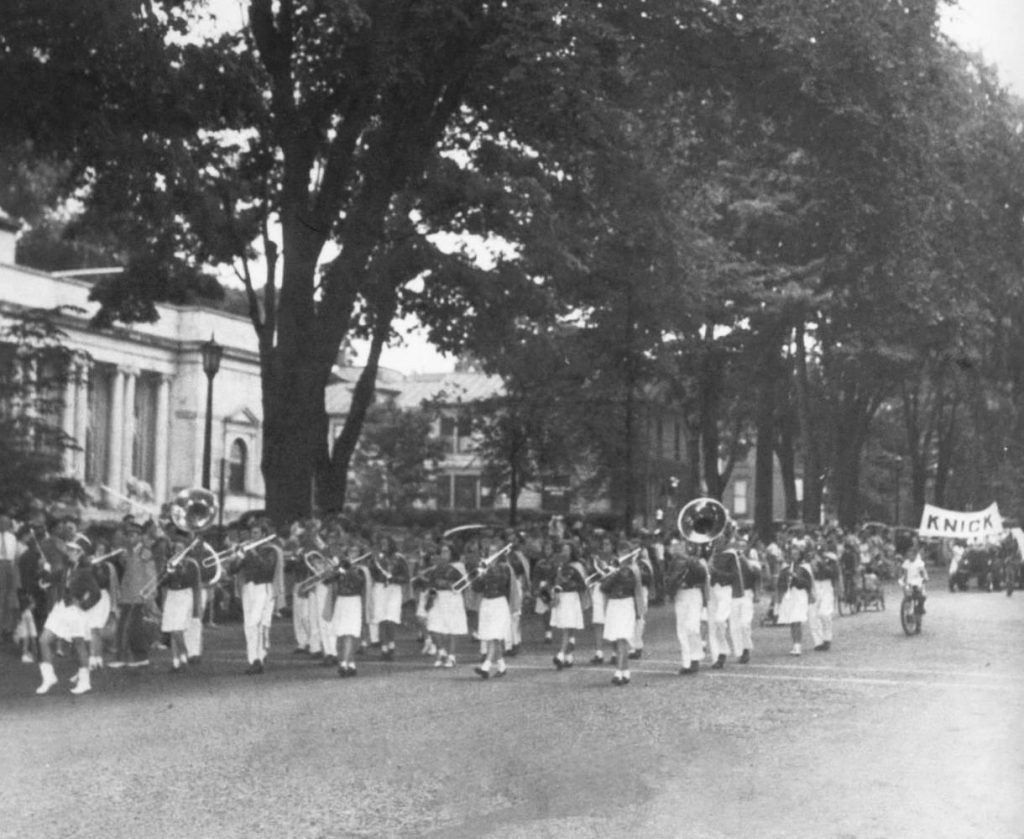
The first mention found was October 27, 1923. For those who grew up in the 70s and 80s, the playground was strictly a summer endeavor, usually running concurrently with the city’s pools. This particular event was part of an Exposition and Armistice Celebration, “featuring Playground Mardi Gras” and a Beauty Bazaar at the State Armory for three nights, November 8-9-10.
Back in the 1940s, the city’s playgrounds held such events as treasure hunts, a 4th of July program in the morning at each playground, safety day, doll shows, pet nights, inter-playground doll shows, stunt night, inter-playground pet night, Professor “I” “Q” program, old clothes and costume night, inter-playground “I” “Q,” storytelling festival day, playground circus, water carnival and inter-playground storytelling festival at Thompson Park, drama day, Inter-playground Mardi Gras, baby shows, father’s night, inter-playground circus, and an inter-playground boxing show.
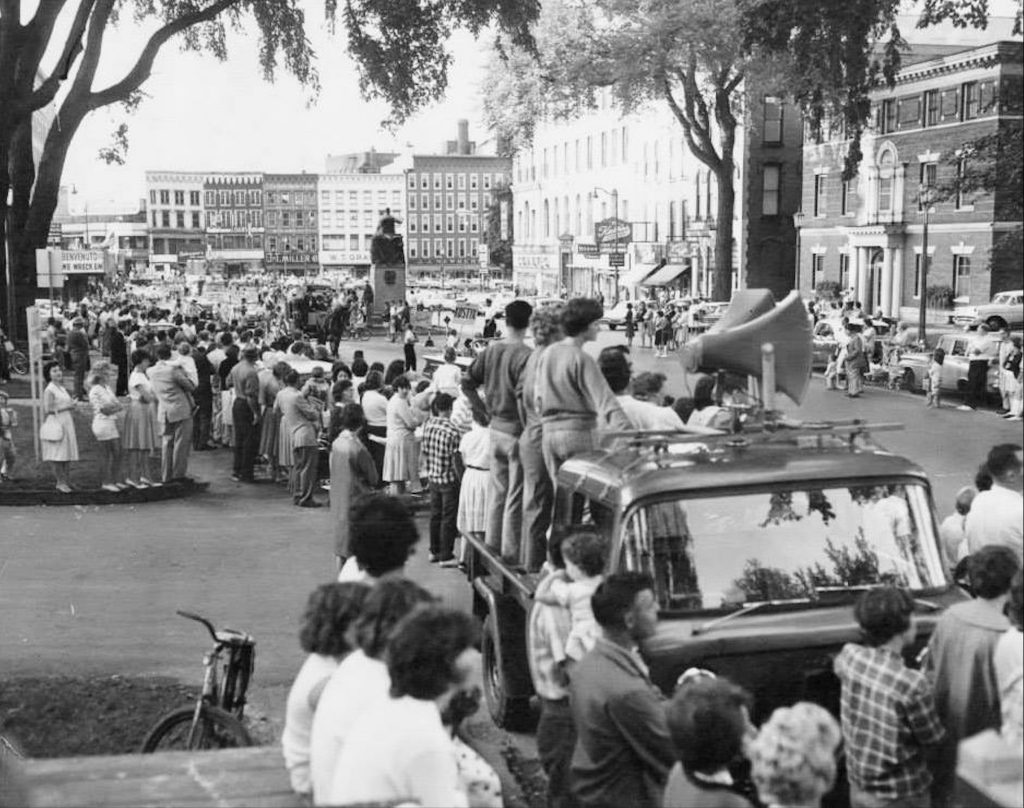
The programs proved popular and instilled a sense of competition and pride amongst the school-aged participants, who competed against one another and then against other playgrounds, with points awarded to determine which playground would receive the championship banner at the end of the year. The inter-playground events would draw large crowds and were held at various venues. An amateur show in 1940 was held at State Street School with an ice cream social before and after the program, which was held on a platform erected in front of the school.
In those years, the city playgrounds continued to be open during (at least) some of the school years as after-school programs from 3:30 until 6:30. Four playgrounds opened up in mid-April of 1940, with 1,200 attending at the noon hour in what was reported as the earliest the city playgrounds had opened. The four locations were at school at Academy, Boon, Lansing, and State Street Schools. Though no official programs existed, the children enjoyed playing with the standard playground equipment. Other city playgrounds opened in the following weeks. Those included Hamilton, Thompson, and Sherman Street Schools, the Ninth Ward, Knickerbocker, and North Side (John Adams) playgrounds.
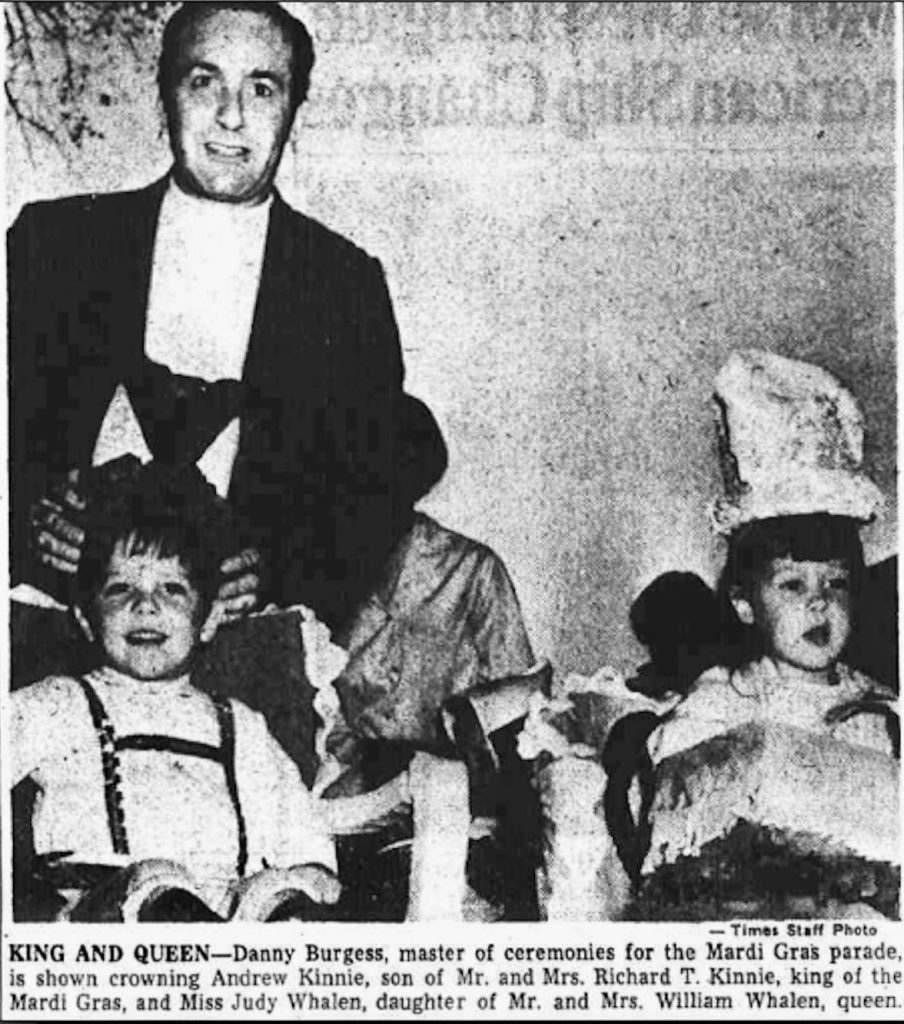
The summer’s events would culminate with a city playground Mardi Gras parade that would be held through Public Square. In later years (at least), a theme would be given, and the playground directors would work with the children to come up with an idea based on the theme to creatively decorate a float with various characters dressed in costumes and props created to express the theme.
“Disney” was an often popular theme that would see various playgrounds creating floats based on Snow White and the Seven Dwarfs and other Disney entities with as much creativity, often based on limited resources, as possible. That movie connects to Watertown’s Scotty Mattraw and Evans Mills native, who managed the City Opera House in the early 1900s before breaking into Hollywood. The movie was one of the many hundreds of films he worked on, providing the voice for Bashful in an uncredited role.
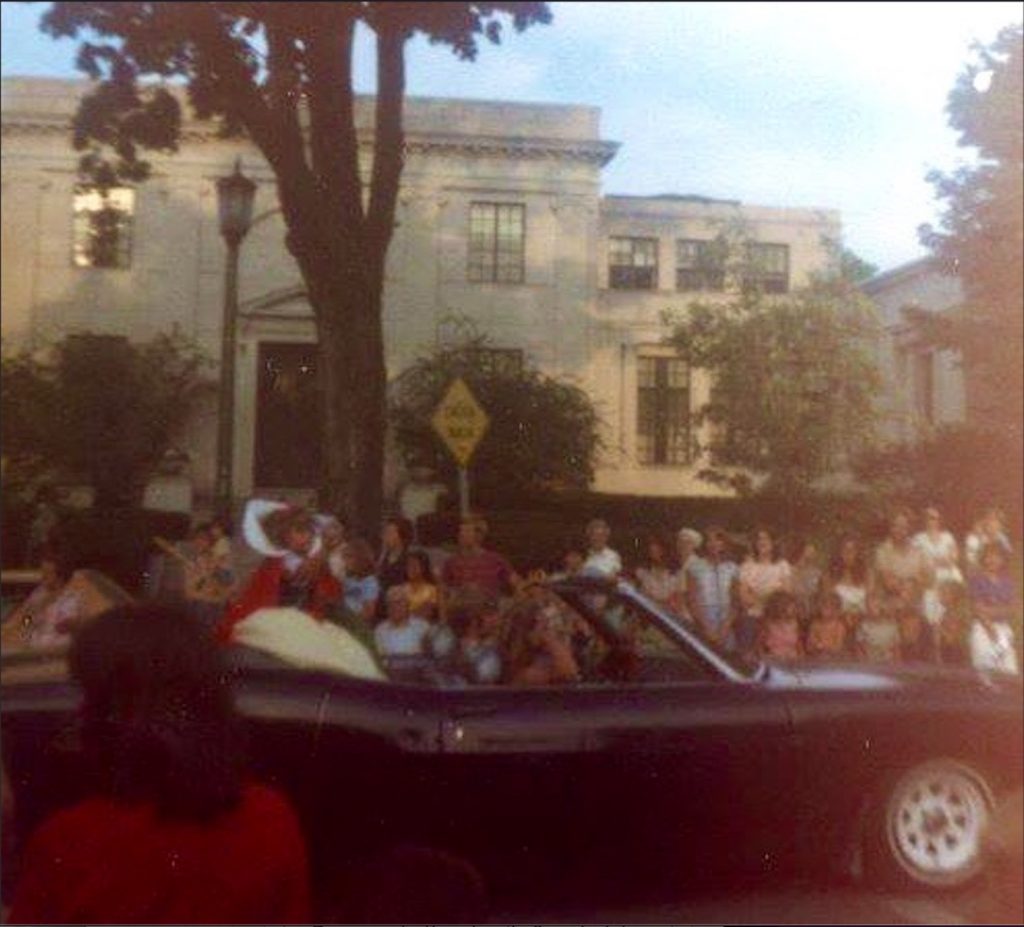
For the events of the summer of 1940, the Watertown Daily Times reported—
More than 300 children of the city playgrounds marched Wednesday night in a parade through Public Square and held a Mardi Gras while gowned in various costumes.
The parade, led by the St. Patrick’s orphanage band in blue and white uniforms, entered Public Square from Washington Street and marched around the square. Retracing their steps, the marchers returned through Washington Street and entered Paddock Park for the Mardi Gras and judging of winners of teams and individuals.
The Knickerbocker playground won first place in attendance and participation in the parade and Mardi Gras. Boon Street playground was second and North Side was third. Points won Wednesday night will be added to each playground’s score in the competition for the summer playground banner.
The North Side playground won first prize for the best float, one built of large wooden white swans.
The Knickerbocker play area float came first in marching order. It depicted the queen of the playground with attendants. The Boon Street float represented the various activities conducted by the playgrounds, and the North Side winning float had two swans on each side of hay rack drawn by and automobile with trimmings and buntings.
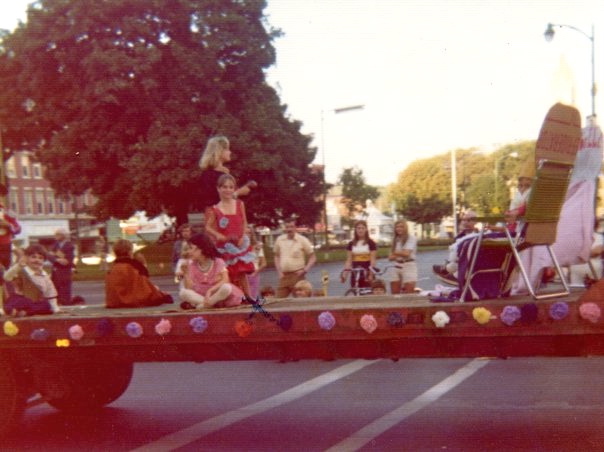
As one can tell from the photos, the playground Mardis Gras parades were well attended by thousands of lining Public Square and Washington Street. An estimated 10,000 people witnessed the 1948 parade, with the 27th Division Army band from Pine Camp leading the festivities down State Street and through the square to Washington Street, with the Adams High School band bringing up the rear. That year’s theme was “United We Play, United We Stay.”
In the late 1970s and early 1980s, the participant rate remained strong, garnering between 300 – 500 children from 11+ city playgrounds while the crowds continued to line the streets. During the mid to latter half of the 80s, about the time everyone wanted their MTV and home video game consoles became household items (e.g., Atari 2600, ColecoVision), participation levels would dip, and by the early 1990s, there was no further mentioning of the old playground Mardi Gras parades.

